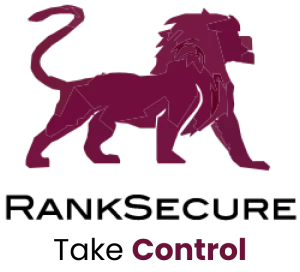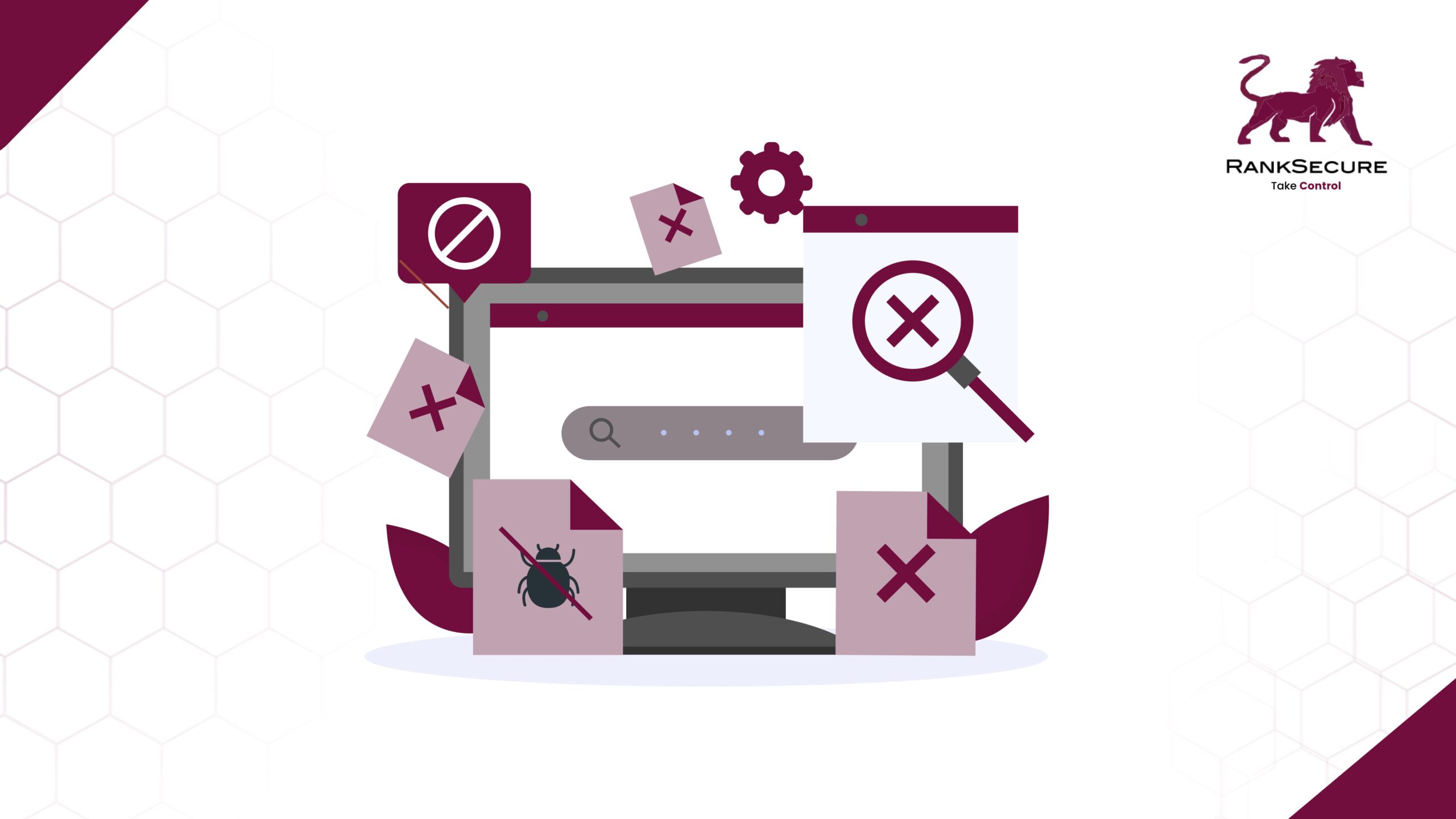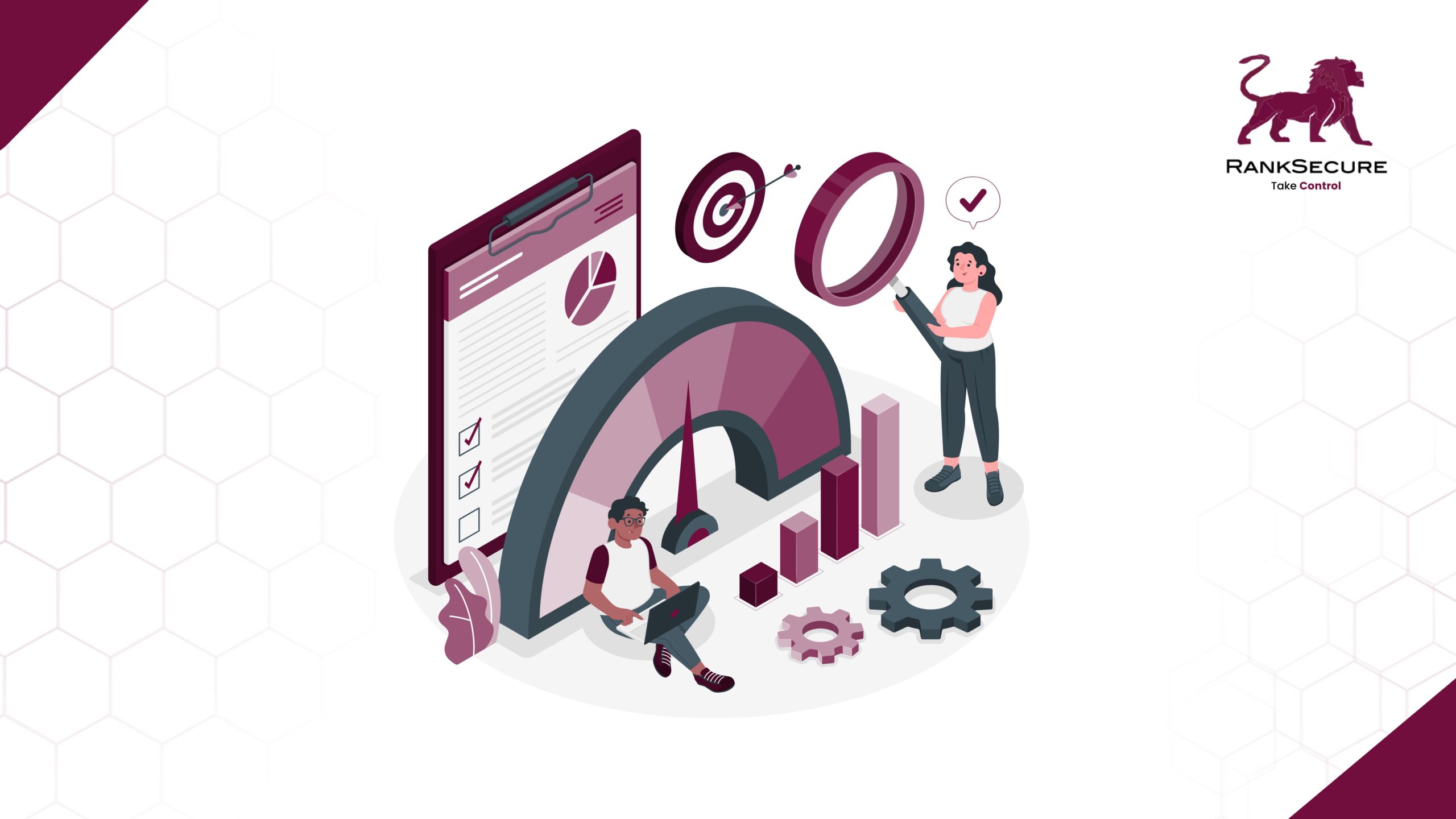
The Convergence of Vulnerability Assessment and Compliance Standards
Introduction
In the fast-changing world of technology, we can’t ignore how critical cybersecurity is. As businesses use more digital tools, they become more open to risks and problems. This sets the stage for vulnerability assessment and compliance standards – two pillars fundamental to modern cybersecurity. This article delves into the crossroads of vulnerability assessment and compliance standards, exploring the emerging trends and future possibilities that are shaping the trajectory of the IT landscape. Through concrete examples and practical use cases, we’re going to move from well-protected security methods to regulation-centered structures, uncovering the revolutionary effect of this coming together.
The Essence of Vulnerability Assessment and Compliance Standards
Understanding Vulnerability Assessment
Vulnerability assessment is like security detective work for your organisation’s technology. It searches for weak spots, vulnerabilities, and ways hackers might get in. Think of it as a careful scan of networks, systems, and software to spot any potential gaps in protection. This practice has come a long way from just scanning networks in the past. Now, it’s a more advanced process that combines smart technology and human know-how.
The key idea behind vulnerability assessment is its ability to find and fix weak spots before hackers can exploit them. When these weak points are discovered early, you can quickly fix them by updating or patching, which greatly lowers the risk of cyberattacks. And this isn’t something you do just once – it’s an ongoing job because new weak spots keep showing up as technology changes.
Starting off as basic network scanners, vulnerability assessments have evolved a lot. Today, it’s a sophisticated procedure that combines smart technology, careful analysis of data, and experts’ insights. It’s surprising that about 83% of organisations have suffered data breaches because they didn’t fix vulnerabilities for 60 to 90 days. This fact shows how important it is to take vulnerability assessment seriously in today’s fast-changing digital world.
The Significance of Compliance Standards
Compliance standards are like a set of important rules and guidelines that your organization needs to follow. They’re like a security guard for your data, privacy, and overall honesty. These rules usually come from important groups that make sure everyone is being safe. Some well-known examples are GDPR, HIPAA, PCI DSS, and ISO 27001.
The main point of these compliance standards is to help you create a strong security system. When you follow these rules, you’re not only making your security better, but you’re also making people trust you more. These standards give you a clear plan on what to do to keep risks low and your security strong.
Compliance standards aren’t just boring forms to check off. They’re really important for keeping organizations trustworthy. Just think about GDPR – it’s made companies pay around €292 million in fines. As rules get stricter, sticking to these standards is super important to keep everything safe and honest.
The Synergy between Vulnerability Assessment and Compliance Standards
The true power of cybersecurity lies in the synergy between vulnerability assessment and compliance standards. Vulnerability assessment provides the proactive identification of potential weaknesses, while compliance standards offer a structured framework for maintaining security. When combined, these two elements create a comprehensive approach that not only identifies vulnerabilities but also guides your organisation in rectifying them and maintaining a strong security posture.
This synergy has become increasingly important as cyber threats continue to evolve in complexity and scale. The evolving threat landscape demands a dynamic and proactive approach to security. Organisations that integrate vulnerability assessment into their compliance efforts experience reduced vulnerabilities, improved incident response, and enhanced overall cybersecurity.
From Vulnerabilities to Non-Compliance: The Impact of Vulnerability Assessment on Standards
Vulnerability assessments can reveal a range of vulnerabilities that may hinder compliance standards. Some examples include:
- Outdated Software: Vulnerability assessments can uncover outdated software or operating systems that lack the latest security patches. Compliance standards often require systems to be up-to-date to mitigate known vulnerabilities.
- Weak Authentication Methods: If a vulnerability assessment identifies weak or easily guessable passwords, it could indicate non-compliance with password security standards.
- Unpatched Vulnerabilities: Any known vulnerabilities that haven’t been patched could lead to non-compliance with regulations requiring prompt updates to fix security issues.
- Unencrypted Data: Vulnerability assessments might highlight instances of sensitive data being transmitted or stored without encryption, violating compliance standards for data protection.
- Lack of Access Controls: If the assessment uncovers improper access controls, where unauthorised individuals can access sensitive information, it may violate compliance standards for data privacy.
- Misconfigured Systems: Vulnerability assessments could uncover systems with incorrect configurations, leading to non-compliance with standards that dictate secure configurations for devices and software.
- Missing Security Updates: Assessments might identify missing security updates or patches, indicating non-compliance with regulations that require regular updates to guard against vulnerabilities.
- Insufficient Logging: If logs aren’t adequately maintained or monitored, it could hinder compliance with standards that mandate thorough monitoring of system activities.
- Inadequate Data Backups: Vulnerability assessments might reveal insufficient data backup processes, which could conflict with compliance standards that require reliable data retention and recovery practices.
- Lack of Employee Training: If vulnerabilities stem from employees lacking proper cybersecurity awareness, it could lead to non-compliance with training and awareness requirements.
Emerging Trends in Vulnerability Assessment and Compliance
Integration of Automation
The fusion of vulnerability assessment and compliance is being driven by the integration of automation. Advanced tools are leveraging AI and machine learning algorithms to identify vulnerabilities swiftly and accurately. This not only reduces the workload on IT professionals but also enables real-time threat detection and response.
Practical Example: Security teams can now use automated tools to scan networks and systems for vulnerabilities. If a new vulnerability is discovered, the system can trigger an alert and even initiate necessary patches or updates.
Contextual Vulnerability Assessment
Traditional vulnerability assessments often provide a list of potential vulnerabilities without considering their context. However, emerging trends emphasise contextual assessment, taking into account an organisation’s unique technological landscape and business priorities.
- Practical Example: Rather than presenting a generic list, a contextual vulnerability assessment might highlight vulnerabilities that are particularly critical for a company’s specific industry, such as energy. For instance, a power plant’s control systems might be more susceptible to certain vulnerabilities due to the potentially catastrophic consequences.
Continuous Monitoring and Remediation
- The future lies in continuous monitoring and remediation. Organisations are moving beyond one-time assessments to adopt ongoing vulnerability management. This approach allows for the immediate identification and rectification of new vulnerabilities as they arise.
- Practical Example: A company could implement continuous monitoring by using tools that scan for vulnerabilities on a daily basis. If a new vulnerability is detected, the system can generate an alert and provide recommendations for mitigation.
Conclusion
For business owners to organisations, embracing this coming together of forces is not just a choice, but a necessary step. Recent research found that 80% of IT professionals believe that following compliance programs makes their security defences stronger. By merging vulnerability assessment and compliance standards, you are not just protecting yourself now, but also preparing for a future that’s ready to face the unknown.
It is a call to action. The numbers tell a clear story, the risks are genuine, and the way forward requires unity, flexibility, and innovation. As we move into the future, let’s journey together, armed with the combined strength of vulnerability assessment and compliance standards, and empowered to craft a digital world that’s secure, resilient, and ready for whatever comes our way.
Recent Posts
How to Implement IT Asset Management for Maximum ROI
Organisations are not breached because their defences failed. They are breached because their visibility did. In most enterprises, the issue is not that assets are unmanaged. It is that too many are unaccounted for. Legacy systems operating outside policy. Cloud workloads deployed beyond governance. Endpoints that no
How VAPT Supports Zero Trust Security Models
If Something Can Go Wrong in Security, It Eventually Will That’s the reality Zero Trust is built for. It assumes users will click what they shouldn’t. Devices will connect from untrusted networks. Credentials will leak. And one misconfigured rule can open access far beyond what was intended.
How GRC Tools Help Finance, Healthcare & Retail Teams
No risk or compliance team ever sets out to operate in abstraction. Yet that’s exactly what happens when sector context is stripped from the systems that underpin decision-making. It’s not about whether the frameworks are there because they are. The problem is that they’re misaligned with how each







